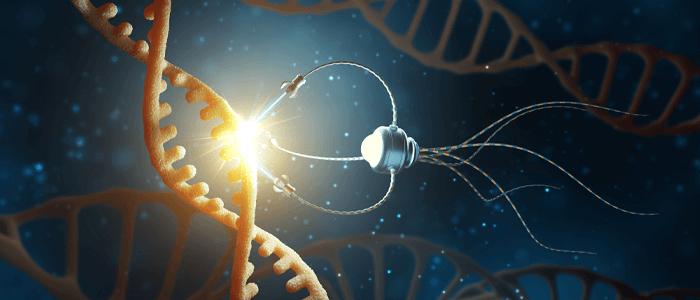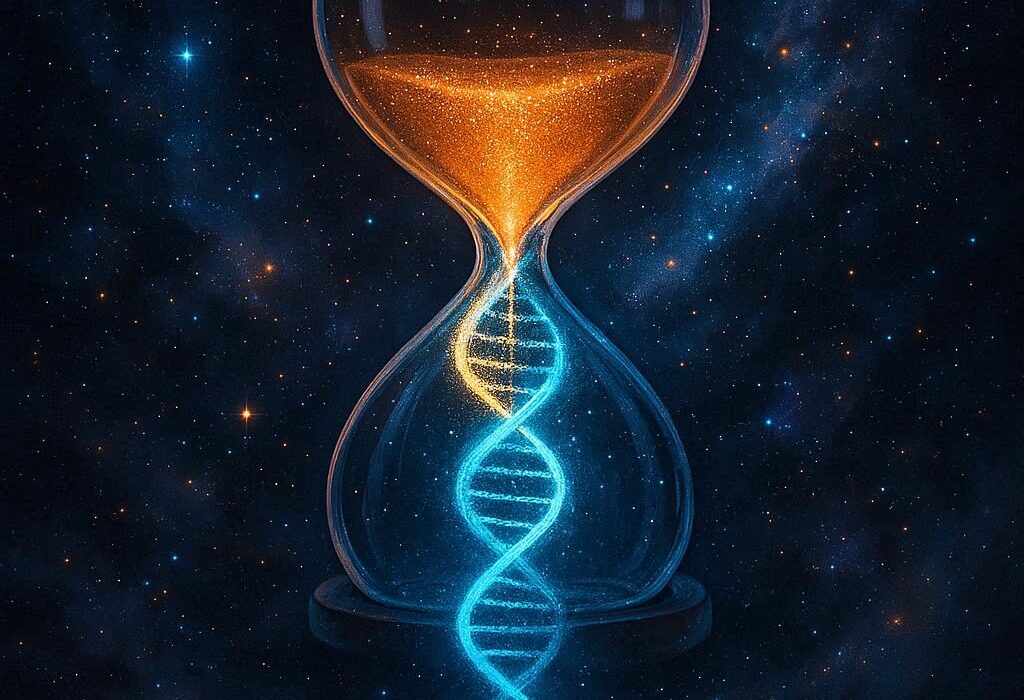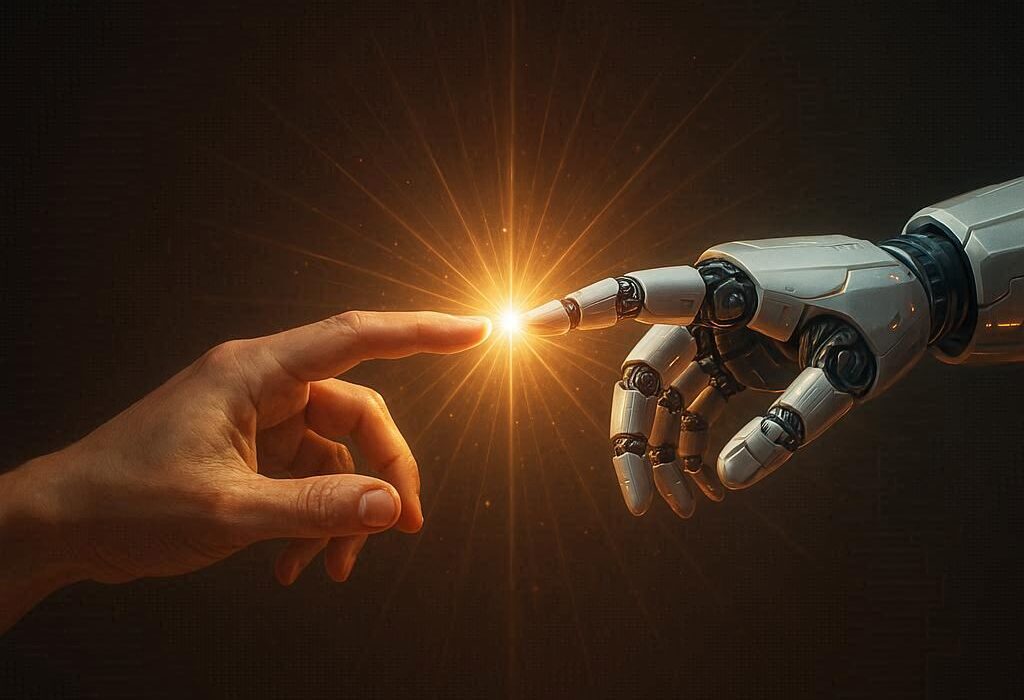For centuries, human beings have imagined ways to conquer disease. Ancient healers spoke of elixirs that could banish all sickness, while alchemists chased mythical cures for death itself. But as medicine advanced, dreams of universal healing became less about magic and more about science. Among the boldest of these visions is the idea of nanobots—microscopic machines capable of entering the human body, navigating its complex landscapes, and repairing it from within.
It sounds like science fiction: tiny robots smaller than a human cell, swimming through the bloodstream, hunting viruses, repairing tissues, unclogging arteries, even rewriting the very code of life. Yet nanotechnology, once a speculative idea, has become one of the most promising frontiers of 21st-century science. The question is no longer whether nanobots can exist, but how far their powers might reach. Could they truly cure all diseases?
To answer this, we must journey into the science of the infinitesimally small, the promise it holds, and the ethical storms it may unleash.
What Exactly Are Nanobots?
Nanobots—short for nanorobots—are machines built on the scale of nanometers. To understand how small this is, imagine dividing a meter into a billion slices: one slice is a nanometer. A red blood cell measures about 7,000 nanometers in diameter, meaning a nanobot could be hundreds of times smaller than a single cell. At such a scale, these machines could slip through tissues, enter cells, and interact with the molecular machinery of life itself.
They are envisioned as programmable entities, often made of specialized molecules, polymers, or even DNA structures, capable of performing tasks like transporting drugs, cutting through cellular debris, or altering genetic material. Some might be powered chemically, using glucose or other substances in the bloodstream as fuel, while others could be guided by external magnetic fields or light.
Nanobots, in their most ambitious form, are not just tools. They are potential healers—microscopic doctors traveling through the body, diagnosing problems, and fixing them with unparalleled precision.
The Current Landscape of Nanomedicine
Although true autonomous nanobots are still in development, the seeds of this future have already been planted. Nanotechnology in medicine is no longer theoretical—it is a living, evolving field. Researchers have developed nanoparticles that deliver drugs directly to tumors, avoiding the toxic side effects of chemotherapy. DNA origami techniques allow scientists to fold strands of DNA into nanostructures that can carry molecules to specific cells. Magnetically controlled microbots have been tested in animals to clear blockages in blood vessels.
These are early prototypes, glimpses of what might come. Each success is a whisper of a future where machines at the molecular scale do not just treat symptoms but root out disease itself.
How Nanobots Could Fight Cancer
Cancer is one of humanity’s oldest and most devastating enemies, and nanobots are uniquely suited to combat it. Traditional treatments—surgery, chemotherapy, radiation—are often blunt instruments, damaging healthy tissues while trying to eradicate tumors. Nanobots could offer a radically different approach.
Imagine a swarm of nanobots patrolling the bloodstream, each programmed to recognize the molecular signature of cancer cells. Upon detection, they could bind to the malignant cell and deliver a lethal payload directly, sparing healthy cells. Others could release agents that trigger the immune system to attack the tumor. Some designs even propose nanobots that could cut off the tumor’s blood supply, starving it into extinction.
The beauty of this vision lies in precision. Cancer is not a single disease but a family of thousands of mutations and behaviors. Nanobots could be tailored to match each unique cancer profile, making treatment as individualized as the patient themselves.
Targeting Infectious Diseases
Viruses and bacteria are masters of survival. They mutate, hide, and resist antibiotics. But nanobots could turn the tables. Unlike drugs that blanket the body and often face resistance, nanobots could target pathogens directly, disabling them with surgical accuracy.
A nanobot could attach to a virus, disarm its proteins, and prevent it from entering cells. Another could infiltrate an infected cell and dismantle the viral genome before it replicates. For bacterial infections, nanobots might pierce bacterial membranes or disrupt their biofilms, structures that make them resistant to antibiotics.
Such precision could help overcome the looming crisis of antibiotic resistance, a threat that modern medicine is struggling to contain. If bacteria cannot adapt to machines that physically dismantle them, perhaps humanity could finally stay one step ahead in this ancient arms race.
Repairing the Body from Within
Beyond fighting disease, nanobots could act as repair crews for the human body. Consider cardiovascular disease, the world’s leading killer. Nanobots could clear cholesterol plaques from arteries without surgery, reducing heart attacks and strokes. In the brain, they might repair damaged neurons, offering hope for conditions like Alzheimer’s and Parkinson’s disease.
For diabetes, nanobots could monitor blood sugar in real time and release insulin as needed, creating an artificial pancreas more efficient than any external device. In autoimmune diseases, where the body attacks itself, nanobots could retrain or suppress overactive immune cells without compromising the body’s ability to fight real threats.
The possibilities extend to trauma. After a spinal cord injury, nanobots could rebuild damaged nerves, restoring lost functions once thought irretrievable. In burns or organ damage, they could accelerate tissue regeneration. The dream is nothing short of cellular-level medicine: healing not by cutting or medicating, but by rebuilding.
The Promise of Genetic Repair
At the very heart of disease lies the genome, the instruction manual of life. Mutations in DNA are responsible for countless conditions—from cystic fibrosis to muscular dystrophy to certain cancers. Traditional therapies often treat symptoms without touching the root cause. Nanobots, however, could dive directly into the nucleus of cells and repair genetic errors.
Picture a nanobot carrying molecular scissors and a repair template. It locates a defective gene, snips out the faulty sequence, and replaces it with a correct one. This is gene editing at its most intimate and precise, potentially curing hereditary diseases at their source.
While tools like CRISPR-Cas9 have already revolutionized genetic editing, nanobots could carry these tools into the body with unprecedented control, minimizing risks and expanding possibilities. The line between treatment and enhancement might blur, raising profound questions about what it means to be human.
Could They Cure All Diseases?
The phrase “cure all diseases” is breathtaking but dangerous. Biology is staggeringly complex, and disease is not a single enemy but a constellation of failures: genetic errors, environmental insults, infections, aging itself. Nanobots hold the potential to address many of these failures, but to claim they could cure everything may be too simplistic.
For infectious diseases, cancer, and genetic disorders, the potential is extraordinary. For neurodegenerative conditions, the path is harder but still promising. But what about aging? Some scientists envision nanobots continuously repairing cellular damage, removing toxins, and maintaining genomic stability, effectively slowing or even reversing the aging process. If successful, this would be the closest humanity has come to the fabled “fountain of youth.”
Yet even with all this promise, disease is not just mechanical failure—it is tied to lifestyle, environment, and the randomness of biology. A nanobot might patch a mutation, but can it undo decades of poor diet, stress, or environmental toxins? It may cure much, but “all” remains a word filled with caution.
The Ethical Labyrinth
The idea of nanobots curing diseases is intoxicating, but it opens a labyrinth of ethical dilemmas. If nanobots could extend life dramatically, who would have access? Would such technology be a privilege of the wealthy, deepening inequality? If they could enhance human abilities beyond health—stronger muscles, sharper minds—would we still recognize ourselves?
There is also the question of control. A machine that can edit genes or rewire cells could be misused. In the wrong hands, medical nanobots might become tools of harm, designed to disable rather than heal. Ensuring security and ethical governance would be as important as the science itself.
Even in their benign form, nanobots raise questions about identity. If our bodies are constantly monitored and repaired by machines, are we still purely biological beings, or something new—a symbiosis of flesh and technology? Humanity may have to redefine itself in the age of microscopic healers.
The Roadblocks Ahead
Despite breathtaking potential, enormous challenges remain. Building nanobots small enough, smart enough, and safe enough is a monumental engineering task. The human immune system might see them as invaders and attack. Ensuring precise navigation inside the body is not trivial—how do you guide a robot smaller than a bacterium to the right target in a sea of trillions of cells?
Power is another issue. A nanobot cannot carry a battery; it must harvest energy from its surroundings. Some designs suggest using glucose or ATP, the fuel of cells, but this must be done without starving the body itself. Biocompatibility, toxicity, long-term stability—these are obstacles that will take decades to master.
And even if the science succeeds, society must grapple with the risks, costs, and choices such technology demands. The road is long, but the direction is clear: nanomedicine is no longer a dream of tomorrow but a project of today.
A Future Written in the Smallest Letters
The vision of nanobots curing all diseases captures the imagination because it resonates with humanity’s oldest wish: to be free of suffering. It is a dream of healing so complete that it feels almost divine. And yet, it is being built not with myth but with molecules, not with magic but with science.
Whether nanobots will truly conquer all diseases remains uncertain. But they will surely change medicine. Even the first wave of nanobots—targeted drug couriers, microscopic surgeons, genetic editors—could transform lives, saving millions from conditions once deemed untreatable.
In the smallest machines, we may find the greatest revolutions. They remind us that the boundary between science fiction and science fact is porous, shaped by imagination and persistence. And perhaps, one day, when the last incurable disease has been dismantled by an invisible army of machines, we will look back at this era as the dawn of healing from within.
Conclusion: Between Hope and Responsibility
Could nanobots cure all human diseases? The honest answer is that they might cure most, perhaps even redefine what “disease” means. They could repair, regenerate, and protect us in ways unthinkable just decades ago. But with such power comes immense responsibility—to wield it wisely, to share it fairly, and to guard against its misuse.
Einstein once said, “Imagination is more important than knowledge.” Nanobots are the child of both imagination and knowledge, born from daring dreams and painstaking science. Whether they will fulfill the ultimate promise of universal healing remains to be seen. But one truth is certain: in their tiny gears and codes lies the possibility of rewriting the story of human health.
The future of medicine may not come in the form of pills or scalpels, but in swarms of microscopic companions, working silently within us, guardians of life itself. If so, humanity’s greatest battle—with disease, with mortality—may one day be fought and won on a battlefield invisible to the naked eye.






